Shade Arbors are a fabulous structure to have on a playground because they provides shade (if they’re oriented correctly facing east-west), and/or if you grow plants on them (see below for recommendations).
Under it, all kinds of activities can occur: Set up an outdoor classroom with some of our Demonstration Tables and Sitting Stumps; put a few of our Game Tables, or Picnic Tables under the arbor for eating, work, or play. Set up a comfortable, home-like, outdoor living room...
Hang plants from the arbor, and/or let plants grow all over it to provide a cool, very inviting place to be.
If you wanted to make the Arbor useful during light rains, you could cover the top with the inexpensive clear plastic roofing available from Lowes and Home Depot.
The Entrance arbor (footprint ~36”x55”) is a small arbor perfect for the beginning of a special garden or woods path. We make this form in-ground installation. We also make a free-standing one that uses neat little planting boxes to weight it down. The plant boxes add an additional 11” on each side for a total footprint of ~36”x 77”, and can be filled with soil and then planted with climbers for a beautiful presentation/entrance to your path!!
Some of the other images show the Arbor in an outdoor classroom in a garden (see Arbor in the top right of the photo).
All pieces for arbors are either precut or pre-assembled, and are easy to assemble on site requiring very little skill by following our simple assembly instructions. We usually recommend no more than a 6’ height between the ground and the underside of the arbor so kids don’t feel out-of-scale.
Climbing Shade Plants include
Dutchman's pipe (Aristolochia macrophylla) which is hardy in USDA zones, 4 through 8, and has large, deep green leaves that overlap to form a dense canopy.
Variegated kiwi vine (Actinida kolomikta) produces its small, sweet fruit best in full sun, but tolerates partial shade, too. The plant has attractive variegated leaves and small flowers and grows in USDA zones 5 through 8.
Figwort (Asarina scandens), also known as creeping snapdragon, may grow as a perennial in USDA zones 9 through 10, but is generally grown as an annual. It produces trumpet-shaped blooms and heart-shaped leaves.
Evergreen Vines include
Japanese honeysuckle (Lonicera japonica) which grows in USDA zones 5 through 9, and produces fragrant pink, yellow or tricolor blooms. The plant is a vigorous grower that needs aggressive pruning, and it's considered invasive in some areas.
Hardy in USDA zones 5 through 9, five-leaf akebia (Akebia quinata) produces clusters of purple blooms and semi-evergreen foliage.
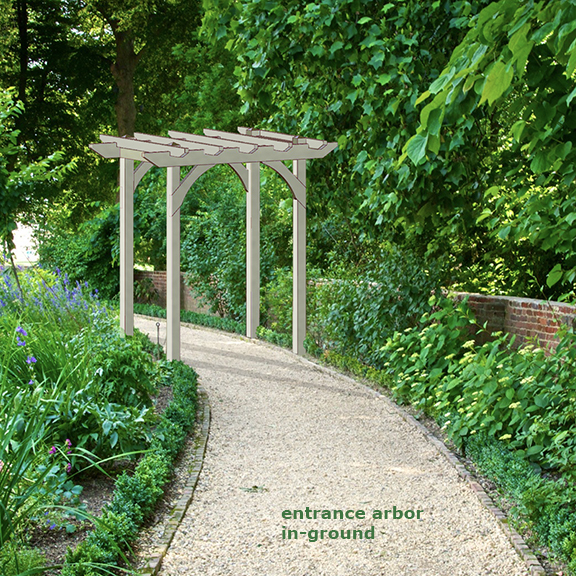
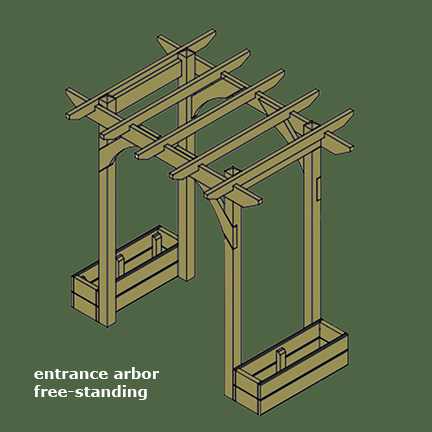
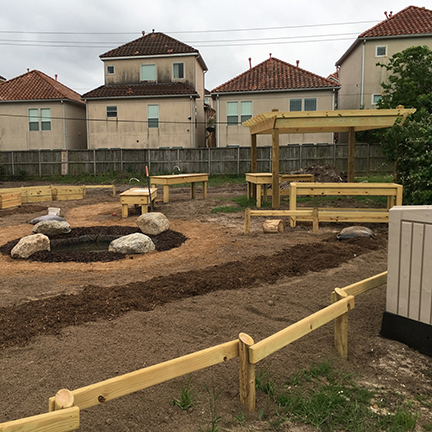
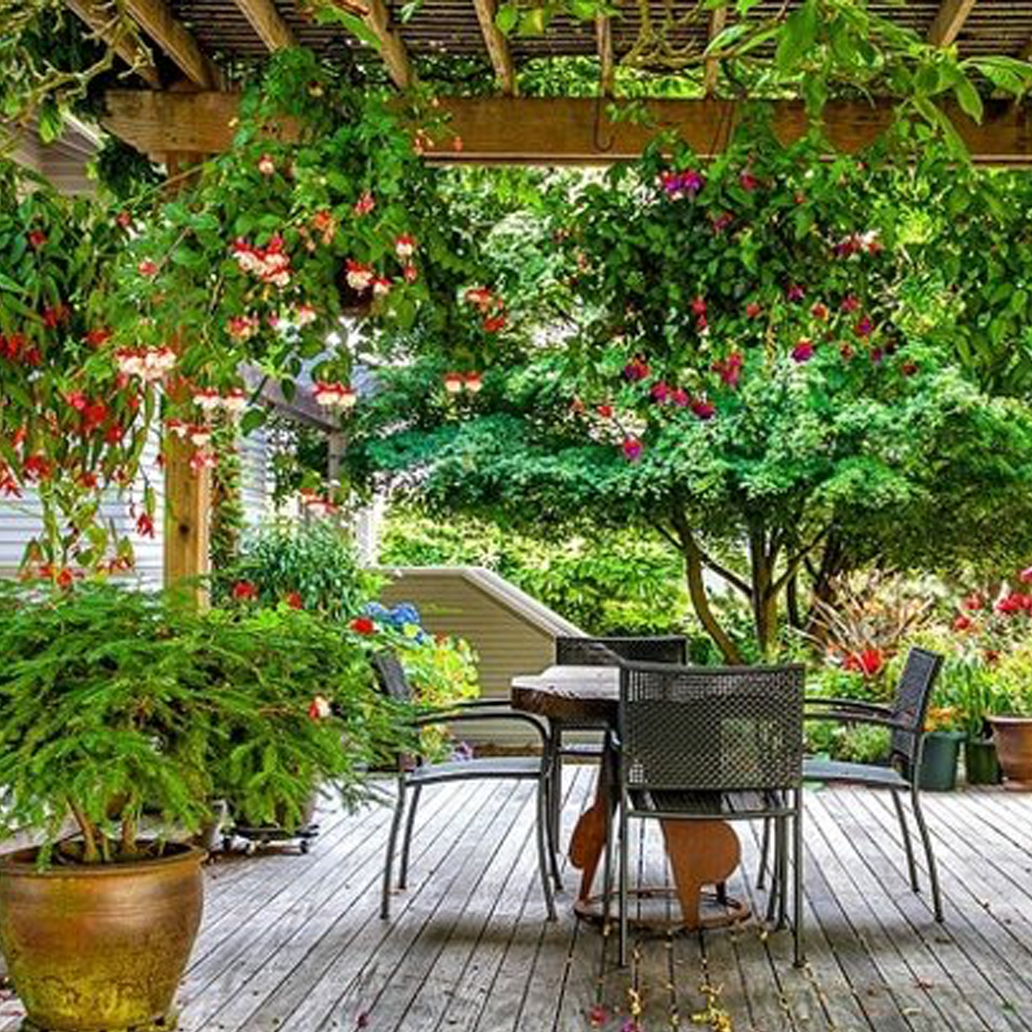
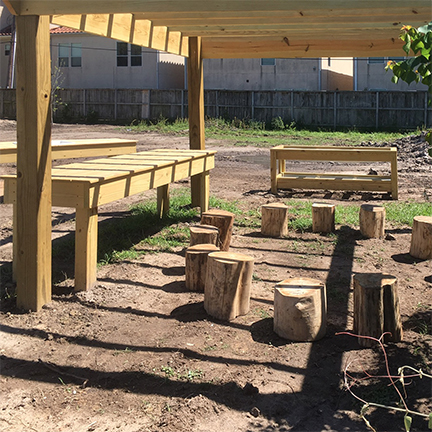


 HOME
HOME New Items
New Items Outdoor Classrooms
Outdoor Classrooms STEAM Learning
STEAM Learning Backyard Ideas
Backyard Ideas Embankment Slides
Embankment Slides Stumps Logs
Stumps Logs Sand Play
Sand Play Water Play
Water Play Art Music
Art Music Science Nature
Science Nature Upper Body Challenge
Upper Body Challenge Rocks Boulders
Rocks Boulders Infants Toddlers
Infants Toddlers Loose Parts
Loose Parts Gardening
Gardening Labyrinths Sundials
Labyrinths Sundials TeePees Decks Gazebos
TeePees Decks Gazebos  Tunnels Bridges Caves Log Houses
Tunnels Bridges Caves Log Houses Benches Tables Hammocks
Benches Tables Hammocks Fencing
Fencing Design Services
Design Services Maintenance Storage Sanitation
Maintenance Storage Sanitation Pavement Game Templates
Pavement Game Templates